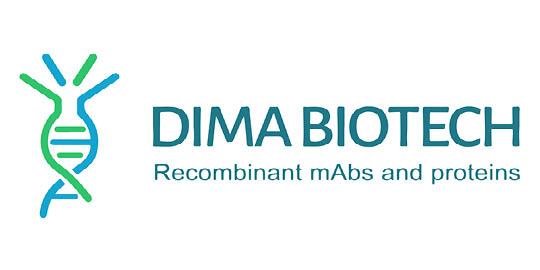Human OPRK-Strep full length protein-synthetic nanodisc
Human OPRK-Strep full length protein-synthetic nanodisc
SKU
DMAFLP120383-50
Packaging Unit
50 µg
Manufacturer
DIMA Biotechnology
Availability:
loading...
Price is loading...
Background: This gene encodes an opioid receptor, which is a member of the 7 transmembrane-spanning G protein-coupled receptor family. It functions as a receptor for endogenous ligands, as well as a receptor for various synthetic opioids. Ligand binding results in inhibition of adenylate cyclase activity and neurotransmitter release. This opioid receptor plays a role in the perception of pain and mediating the hypolocomotor, analgesic and aversive actions of synthetic opioids. Variations in this gene have also been associated with alcohol dependence and opiate addiction. Alternatively spliced transcript variants encoding different isoforms have been found for this gene. A recent study provided evidence for translational readthrough in this gene, and expression of an additional C-terminally extended isoform via the use of an alternative in-frame translation termination codon. [provided by RefSeq, Dec 2017]
Description: Human OPRK-Strep full length protein-synthetic nanodisc
Molecular Weight: The human full length OPRK-Strep protein has a MW of 42.6 kDa
Protein Families: GPCR,Transmembrane,Druggable Genome,
Protein Pathways: GPCRDB Class A Rhodopsin-like,Peptide GPCRs,G-Protein Coupled Receptors Signaling Pathway,
Storage & Shipping: Store at -20°C to -80°C for 12 months in lyophilized form. After reconstitution, if not intended for use within a month, aliquot and store at -80°C (Avoid repeated freezing and thawing). Lyophilized proteins are shipped at ambient temperature.
Tag: C-Flag&Strep Tag
Expression Host: HEK293
Formulation & Reconstitution: Lyophilized from nanodisc solubilization buffer (20 mM Tris-HCl, 150 mM NaCl, pH 8.0). Normally 5% – 8% trehalose is added as protectants before lyophilization. Please see Certificate of Analysis for specific instructions. Do not use solvents with a pH below 6.5 or those containing high concentrations of divalent metal ions (greater than 5 mM) in subsequent experiments.
Target: OPRK
Uniprot ID: P41145
Usage: Research use only
Description: Human OPRK-Strep full length protein-synthetic nanodisc
Molecular Weight: The human full length OPRK-Strep protein has a MW of 42.6 kDa
Protein Families: GPCR,Transmembrane,Druggable Genome,
Protein Pathways: GPCRDB Class A Rhodopsin-like,Peptide GPCRs,G-Protein Coupled Receptors Signaling Pathway,
Storage & Shipping: Store at -20°C to -80°C for 12 months in lyophilized form. After reconstitution, if not intended for use within a month, aliquot and store at -80°C (Avoid repeated freezing and thawing). Lyophilized proteins are shipped at ambient temperature.
Tag: C-Flag&Strep Tag
Expression Host: HEK293
Formulation & Reconstitution: Lyophilized from nanodisc solubilization buffer (20 mM Tris-HCl, 150 mM NaCl, pH 8.0). Normally 5% – 8% trehalose is added as protectants before lyophilization. Please see Certificate of Analysis for specific instructions. Do not use solvents with a pH below 6.5 or those containing high concentrations of divalent metal ions (greater than 5 mM) in subsequent experiments.
Target: OPRK
Uniprot ID: P41145
Usage: Research use only

 Deutsch
Deutsch











